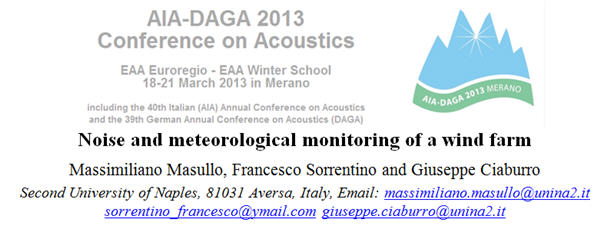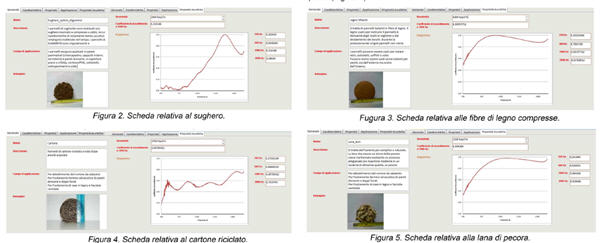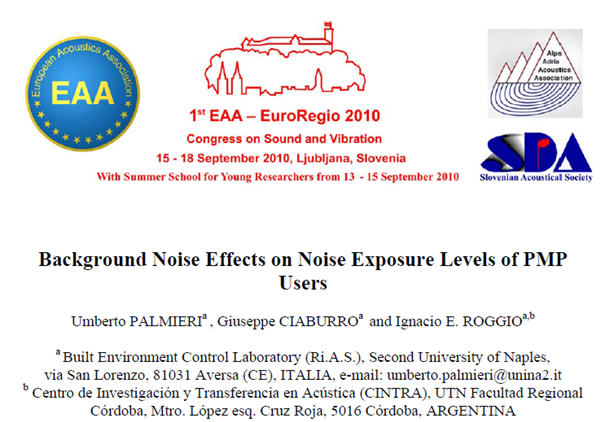Wind energy is one of the cleaner and more environmentally friendly of renewable energy, nevertheless the installation sites of Wind Farms (WF) must comply with different requirements (e.g. wind speed and direction, absence of obstacles, distances to dwelling). Mountain ridges and hills sites far from urban centre fulfil these requirements and were the firsts to be occupied by WF. However, the continuous increase of wind energy systems has implied that even more portions of territory were involved by the WF installation.
Moreover rather than their high level of environmental compatibility to others energy plants, a public resistance toward WF is frequently encountered. The motivations ascribed to the opposition are mainly connected to physical (noise and visual impact) and individual aspects (green energy or wildlife preservation attitude, degree of involvement in the project, economic benefits, NIMBY).
The methodologies for noise assessment of WF at the receiver points are rather standardized and widely described by national legislations. Two methods are generally used. These methods assess the WF noise contribution from the measurements of the Combined Noise Level and of the Background Noise Level.
In the first method, the measurements must be carried out in two different temporal stages: when the wind turbines (WTs) are working and then, immediately after the time that the WTs are parked.
In this way the background noise may be assessed, assuming that the measurements are recorded under the same weather conditions (remaining unchanged between these short time intervals). Subtracting the Background Noise Level from the Combined Noise Level it is possible to obtain the contribution of the WTs noise. Moreover some legislation recommend to measure the Background Noise Level “prior to site construction and operation” with a long-term measurement survey .
… continua la lettura
Noise and meteorological monitoring of a wind farm







